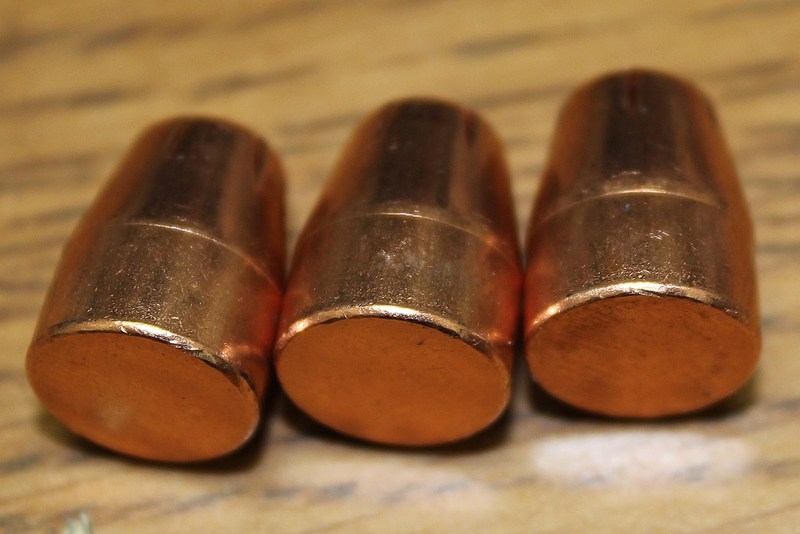1.) I would use Unique. I don't have much experience with the other powders, but Unique works well with cast projectiles. HS-6, if memory serves, may be too slow-burning for good results in .45 ACP. If the manufacturers publish data for a particular powder in a particular cartridge, the odds are that it is SAFE to use, though it may not give you stellar results.
2.) I rarely sort cases. If I was shooting Bull'seye competition, I'd probably sort cases by headstamp, but it might do nothing more than make me feel better. The dimensional specs on the .45 ACP brass tend to be pretty constant, wherever it is made, and it usually takes a match-grade pistol in a machine rest to determine any meaningful difference between one make and another.
If you expect to use this ammunition for things OTHER than high-precision match competition, you don't have to sort. I shoot a fair amount of action pistol, falling plate, and bowling pin competition, and don't go out of my way to sort brass. When I DID scrupulously sort brass, my scores didn't improve. Paying close attention to overall length, charge weight variations, and projectile weight variations will influence accuracy more than case sorting. If, after all of these other factors have been well and truly set, THEN sort cases.
3.) What has been said about taper-crimping is correct. Generally, if enough crimp is used in the .45, it works fine. If MORE than enough crimp is used, it STILL works the same, though velocity fluctuations may flatten out a bit. I HAVE shot .45 ACP with 230gr. LRN with a very heavy crimp, loaded for a revolver, through my 1911A1, and the pistol didn't seem to care. If in doubt, I think you are safer to err on the side of too much rather than not enough crimp.
Years ago, just to see if I could tell a difference, I bought a taper crimp die from Redding(?) to see if crimping my ammo in a separate step, with a die designed to do nothing else, would improve accuracy. At 25 yards from a sandbagged rest, my groups went from 3" to a little less than 2.25" on average (best 9 of 10 5-shot groups). Meaningless for IDPA, falling plates, bowling pins, defense or plinking, but a big deal for precision shooting. I still keep the die handy, for when I have the time to use it.
4.) I've never annealed a pistol or revolver case in 42 years of shooting. But I hasten to add that all my handguns shoot straight-cased cartridges, except one, for which I've yet to reload at all.
Someone replied with a message roughly approximating "Keep it simple, and don't over think it.", which is probably the best advice. The "in-depth" considerations you are examining are hardly useless, but can usually be set aside until keeping it simple does NOT yield desired results. If this occurs, THEN start looking at the more in-depth stuff. It never hurts to investigate more deeply into such matters, especially if there's some serendipitous gain. But for most of your shooting, you're not likely to need to do it.


